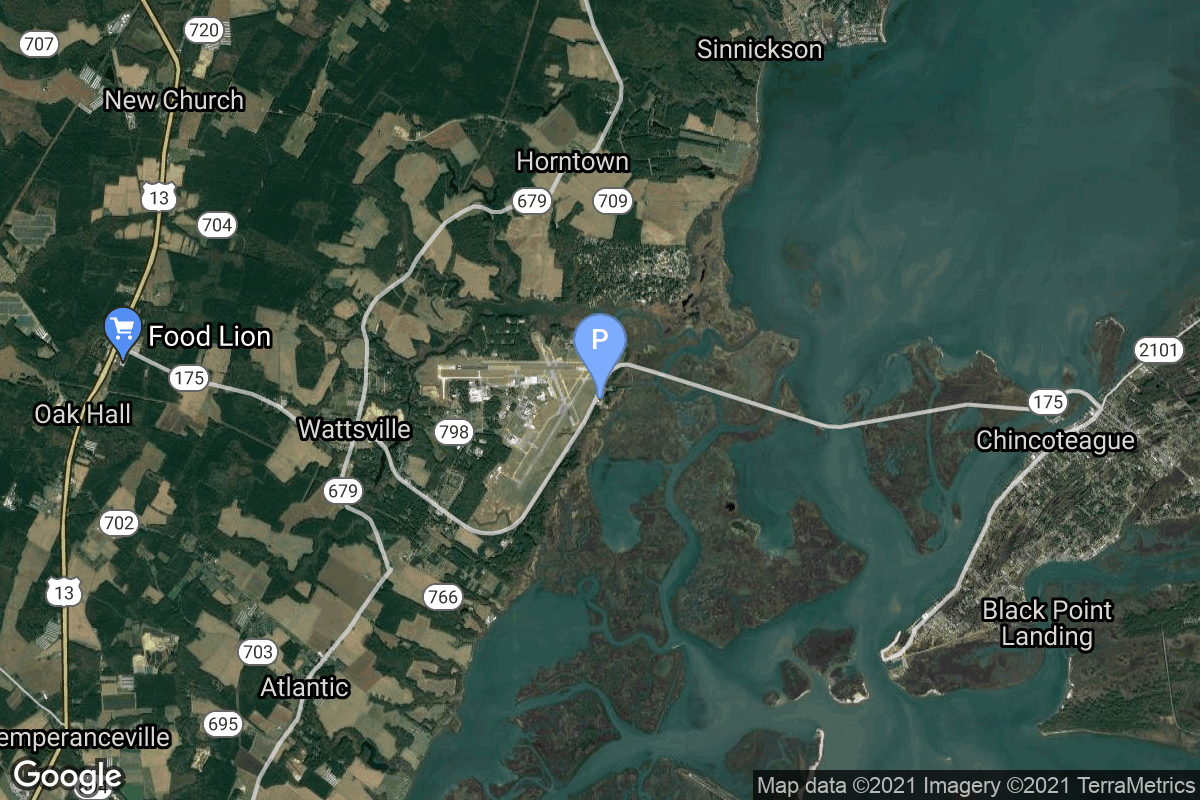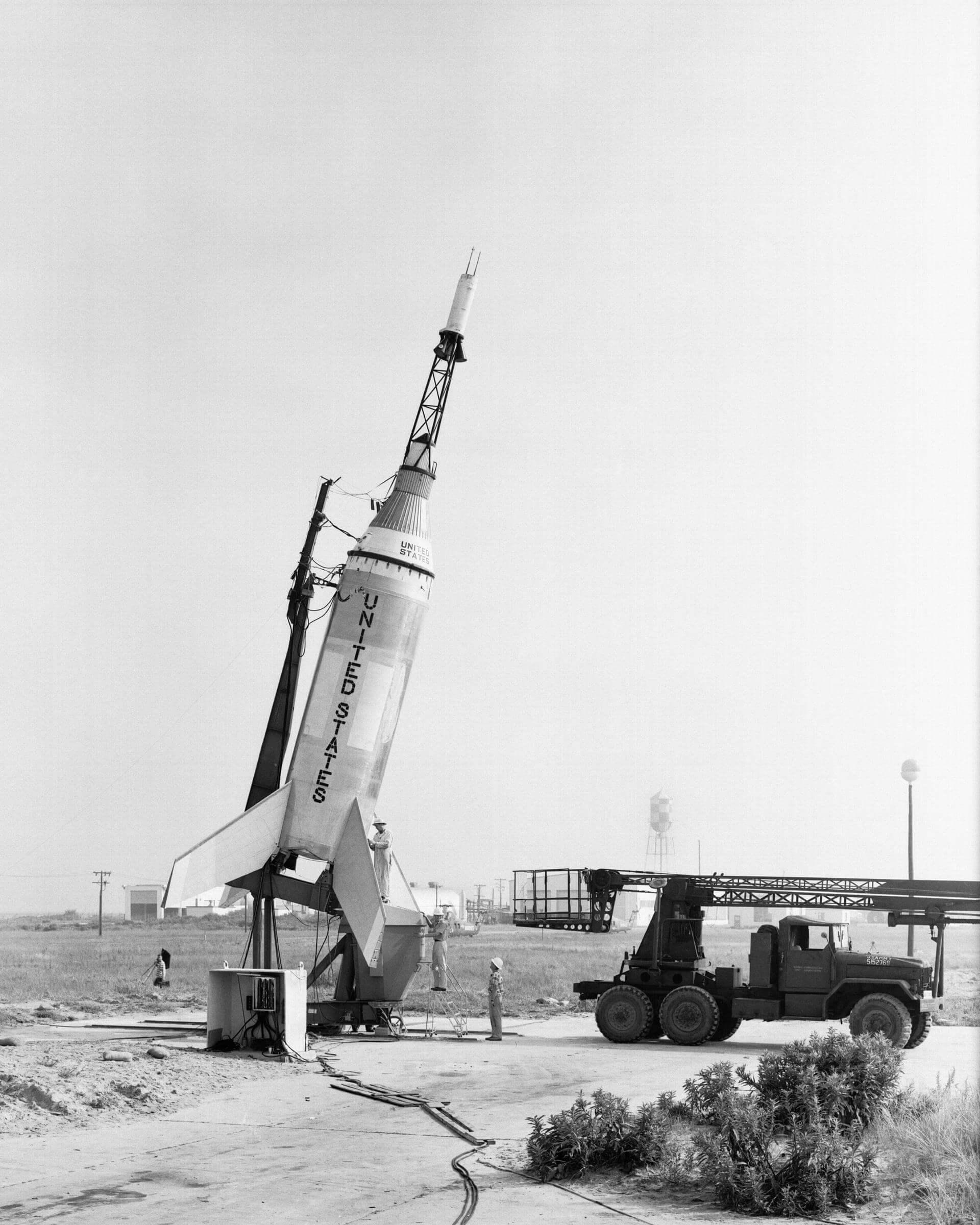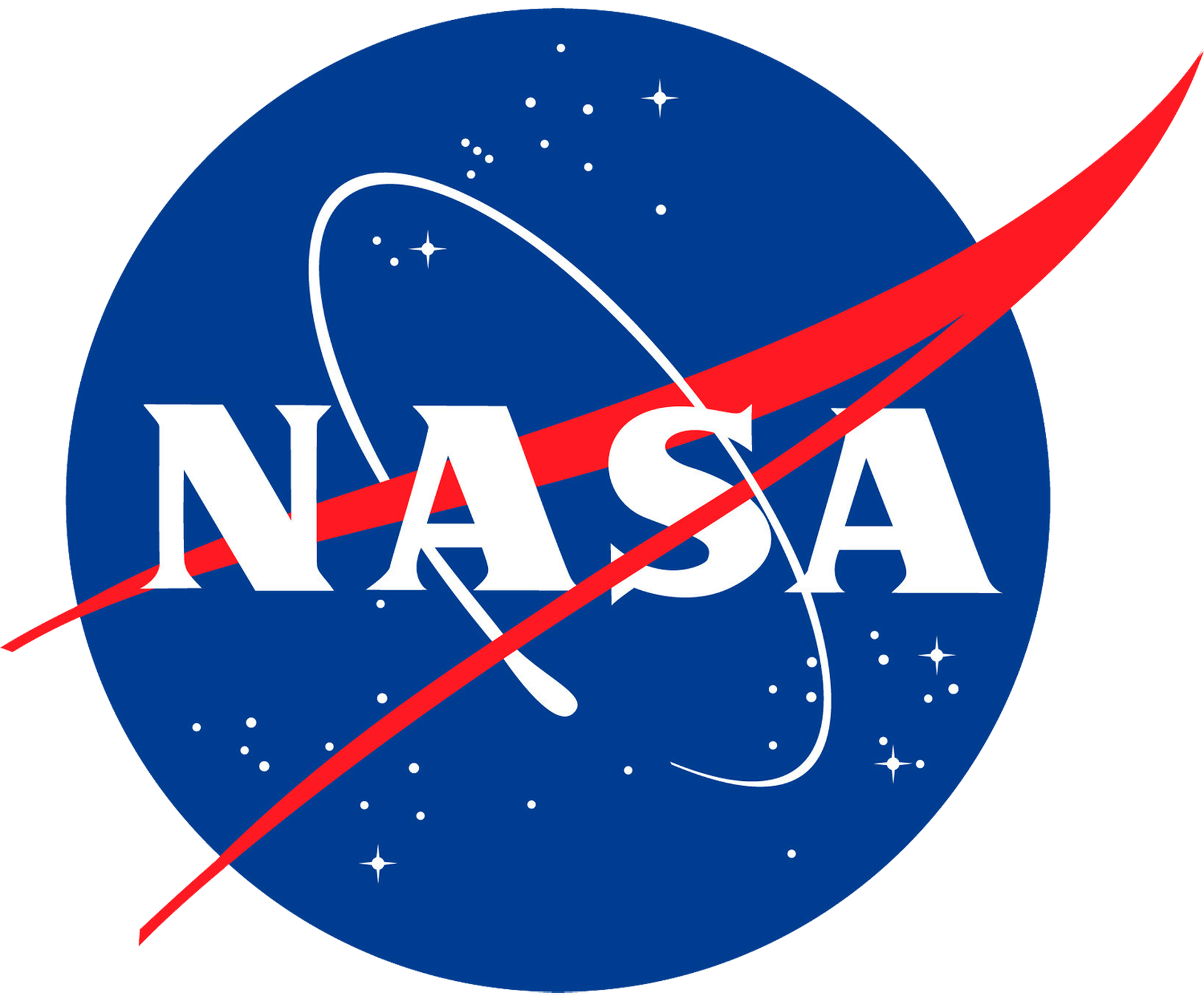LJ-1A
Little Joe
National Aeronautics and Space Administration
Mission
LJ-1A
- Type: Test Flight
- Orbit: Suborbital
Little Joe 1A (LJ-1A) was an unmanned rocket launched as part of NASA’s Mercury program on November 4, 1959. This flight, a repeat of the Little Joe 1 (LJ-1) launch, was to test a launch abort under high aerodynamic load conditions. Due to a delayed in the escape motor startup, the abort maneuver was not accomplished at the desired dynamic pressure, requiring a repeat of the test.
Location
Launch Area 1
Wallops Island, Virginia, USA
Launch Area 1 has witnessed the launch of 7 rockets, including 0 orbital launch attempts, while Wallops Island, Virginia, USA, has been the site for 78 rocket launches.
Rocket
North American Aviation Little Joe
Little Joe was a solid-fueled booster rocket used by NASA for eight launches from 1959-1960 from Wallops Island, Virginia to test the launch escape system and heat shield for Project Mercury capsules.
Agency
National Aeronautics and Space Administration
The National Aeronautics and Space Administration is an independent agency of the executive branch of the United States federal government responsible for the civilian space program, as well as aeronautics and aerospace research. NASA have many launch facilities but most are inactive. The most commonly used pad will be LC-39B at Kennedy Space Center in Florida.


